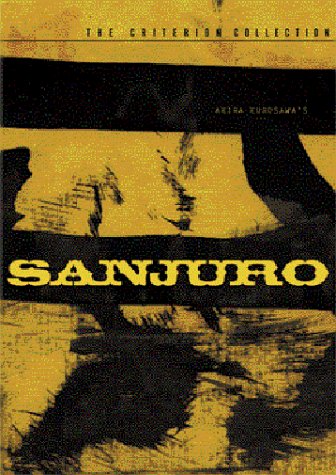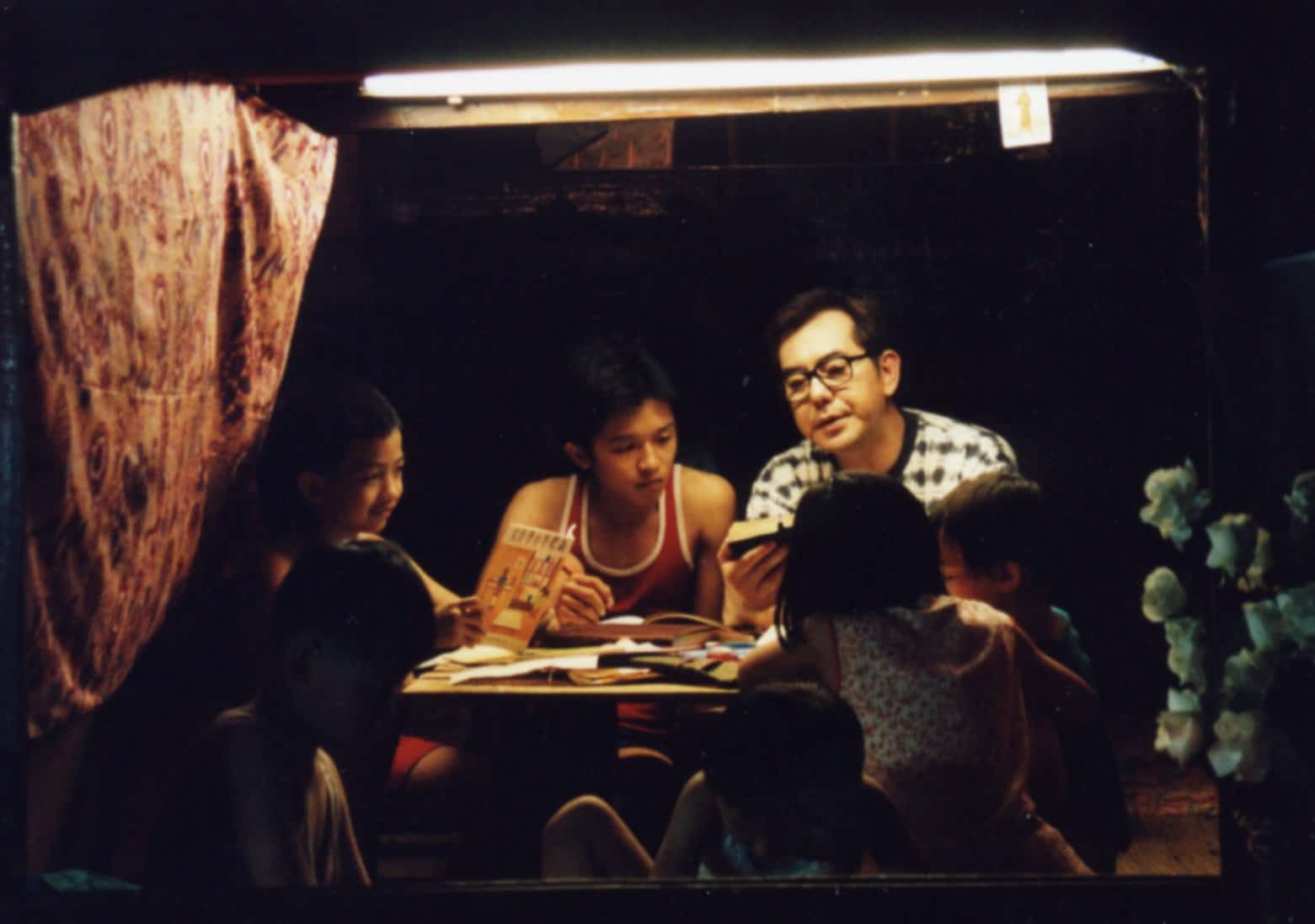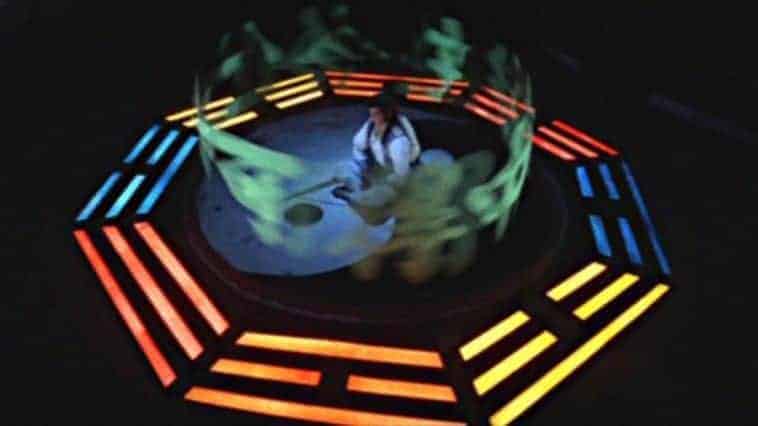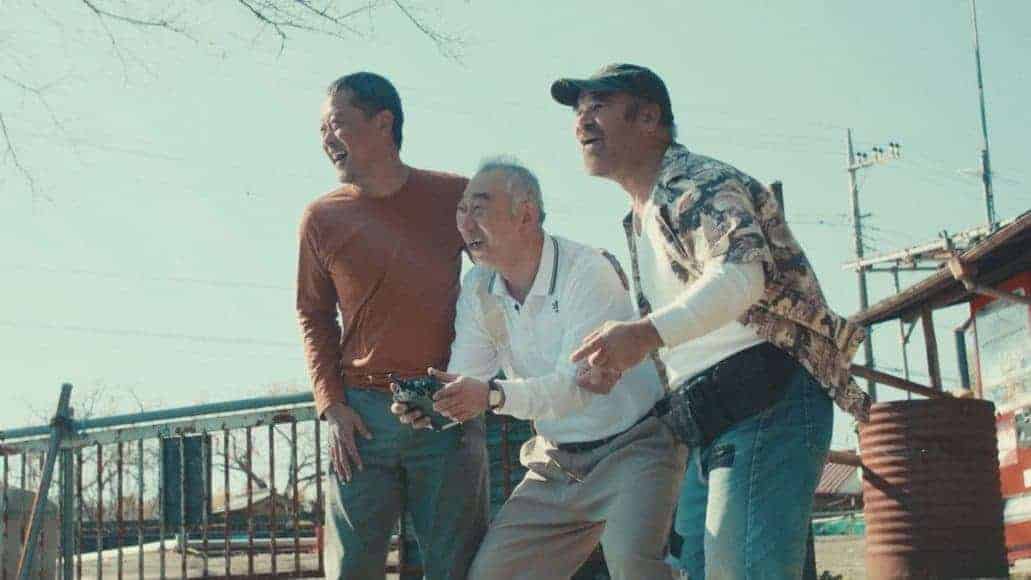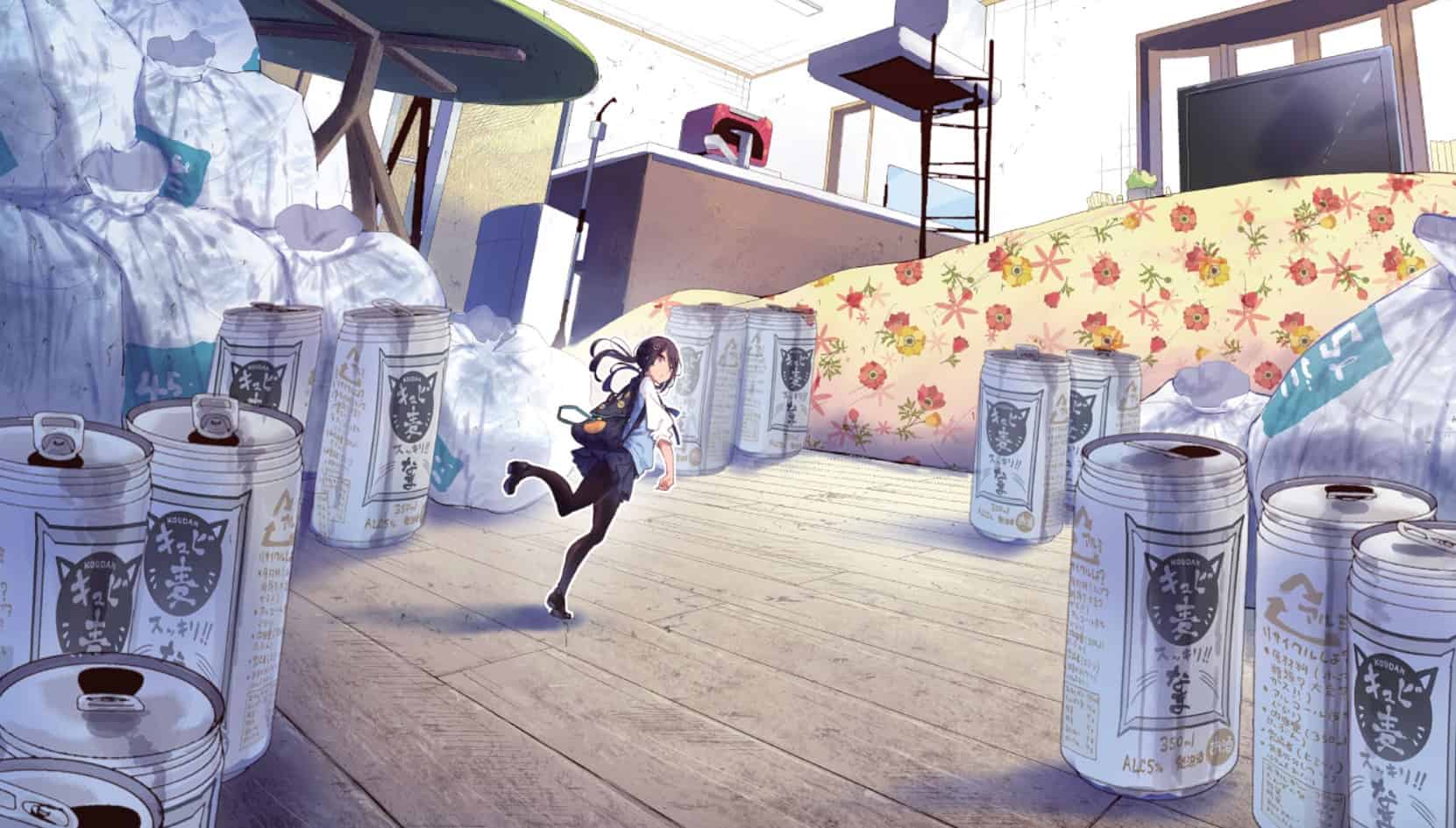In 1961, Akira Kurosawa released his fantastic samurai film “Yojimbo.” A movie that would be both a critical and box office success and go on to inspire countless filmmakers, such as Sergio Leone. The entertaining jidaigeki picture had many qualities to admire from its witty screenplay, stunning camerawork by legendary cinematographer Kazuo Miyagawa, fast-paced action scenes, and an outstanding performance from the great actor Toshiro Mifune in one of his most iconic roles. However, to make a sequel to such a groundbreaking piece of cinema would be a challenge. So how does the legendary director Kurosawa follow up on one of the most beloved works of his career? He follows up with “Sanjuro,” a sequel that is not only an excellent continuation but an amazing film on its own.
Buy This Title
on Amazon by clicking on the image below
The movie is a loose adaptation of novelist Shugoro Yamamoto's short story “Peaceful Days,” which dealt with a conflict between samurai clans and social commentary on political corruption. Initially, the feature was intended to be a faithful adaptation, but things changed during production. The success of “Yojimbo” prompted Toho to bring back Toshiro Mifune's beloved anti-hero. In addition, Kurosawa would be working with a smaller budget than he had in his previous project. Cinematographer Kazuo Miyagawa would not return, marking “Yojimbo” as his second and final collaboration with Akira Kurosawa. There is still much retaining of Yamamoto's original narrative but with tweaks for the screenplay. Despite a proper adaptation of one of Yamamoto's most famous works getting put aside, “Sanjuro” would go on to be a hit and become one of Kurosawa's most popular films.
A young idealistic samurai named Iori Izaka and his fellow clan members plan a rebellion against their amoral superiors. Despite their optimism, the odds are against them. However, luck is on their side when a nameless ronin who happens to be listening to the men's plotting, offers to help them. The warrior refers to himself as Sanjuro Tsubaki, which translates to “thirty-year-old camellia.” Through Sanjuro's help, the rebels are exposed to how dishonorable their clan has become, when they learn Iori's uncle Mutsuta, the clan's chamberlain, is framed for political corruption and fraud by the clan's despicable superintendent, who is helped by his sadistic comrades. Together, Sanjuro and the team save the women of the clan household, including Mutsuta's wife, and take the clan spy hostage. They plot to save the imprisoned chamberlain and expose the injustice that has taken place. With all going on, Sanjuro goes through a moral development, which is further shown through his interactions with the other heroes and one of the movie's main villains, Hanbei Muroto, the clan's main henchman who shares many similarities to him.
Similar plot beats to “Yojimbo” are present here, with the nameless ronin getting tangled into a conflict. Yet, this film is anything but a blatant rehash. More eastern roots are drawn compared to the more western-inspired feature beforehand. Where its predecessor aimed more for straight-up entertainment with witty writing and stylish action, “Sanjuro” does just that, but with a more humanistic approach. The screenplay is a trio written effort by Ryuzo Kikushima, Hideo Oguni, and Akira Kurosawa. The strongest aspect of the movie is how well developed the character of Sanjuro is here. In “Yojimbo”, he was shown as highly intelligent yet morally ambiguous and, at times, cold. Here, more of his human side is displayed, showing the humanity behind his headstrong persona. A major plot point is how unnecessary it is to resort straight to killing in a combat scenario, something the lead did not even think twice about in the prequel. In a touching scene early on, Mutsuta's wife, who admires Sanjuro, also criticizes him for frequently killing his enemies, to which she says, “The best sword is kept in its sheath.” This sentiment would resonate with the samurai as later on, he shows more restraint and even shows regret when he is forced to engage in combat.
Adding to the sprouting compassion from the lead is his interactions with the deadly ronin Hanbei Muroto who, while very similar to him, is a much darker opposite and serves as a wake-up call to what the nameless ronin could end up becoming. Balanced with the Zen-inspired themes is brilliant commentary deconstructing the often glorified samurai way of life, showing there is a dark side. Beyond the themes of honor generally emphasized in the Bushido Code, plenty of despicable samurai took part in extremism, deception, and corruption. All this would be done while coldly justifying their behavior with zero remorse, shown in droves by the villains. Yet, the protagonist's actions indicate there is hope.
Beyond its human themes, “Sanjuro” is also incredibly funny. Much like “Yojimbo”, this film is more light-hearted compared to many of the director's other works. Sanjuro's interactions with Iori and his men are hilarious and almost play out like a dysfunctional family, and the irritable ronin drops one funny line after another. Many of the scenarios that play out are perfectly executed to comedic effect. One of the funniest gags is the character of the spy whom the heroes capture. Throughout the feature, the informer is subjected to being kept inside a closet but occasionally will come out for something trivial or to provide input to the situation at hand. Using camellias as a message signal at one point is equally as funny and clever. Little humorous touches like that are sprinkled throughout the picture.
Besides the wonderful screenplay, the acting is fantastic. The characters are very memorable and full of personality. Toshiro Mifune is great as Sanjuro Tsubasaki and brings a lot of new material to the table. He retains his sarcastic and jaded personality that was present in “Yojimbo,” yet here he is shown to be more emotionally vulnerable while showing more humanity this time around. Equally brilliant is Tatsuya Nakadai who is disturbingly sinister as Hanbei Muroto who serves as a dark reflection of what Sanjuro could have become. Whenever Mifune and Nakadai share a scene together, it is cinematic perfection. Yuzo Kayama is delightful as Iori Izaka, nailing a young warrior whose heart is in the right place yet is still naive and has a lot to learn. The supporting cast is also solid, featuring appearances from many recognizable talents such as Reiko Dan, Yunosuke Ito, Kunie Tanaka, and Takashi Shimura. The two standout performances from the supporting players come from Keiju Kobayashi and Takako Irie. Kobayashi gives an incredibly funny performance as the spy, playing the role straight despite the ridiculous situation his character is put into. Irie's performance as Mutusta's wife is magnificent, perfectly bringing an elegant and gentle nature to her character who would have a significant impact on the central one.
Even with a smaller budget than its predecessor, “Sanjuro” is a technical marvel. The set pieces are impressive and well crafted. The historical attention to detail is commendable, which was second nature for Kurosawa, considering how many samurai films he directed beforehand and how seriously he took his craft. Fukuzo Koizumi and Takao Saito's cinematography is superb. Further enhancing this is beautiful lighting and outstanding editing. In addition, composer Masaru Sato provides a terrific music score. The action scenes are fast, stylish, well-choreographed, and brutal. The final duel is not only shocking but also a superbly executed scene and a memorable way to end the movie.
“Sanjuro” doesn't try to top the movie that came prior but instead cleverly does its own thing. The result is a fantastic film. The screenplay is tight, the performances are terrific, and the production values are impressive. In the years to follow, many of the director's works become progressively darker and more pessimistic. The two features with Toshiro Mifune's iconic ronin marked a very unique time in Akira Kurosawa's career.



